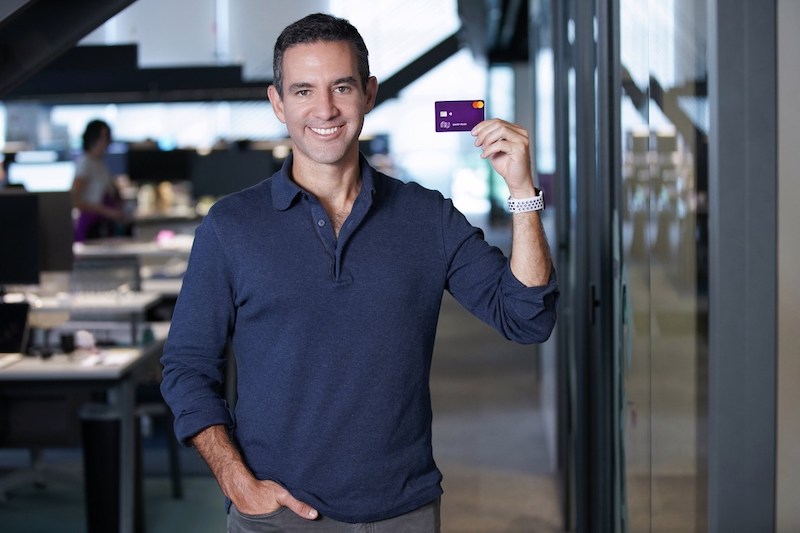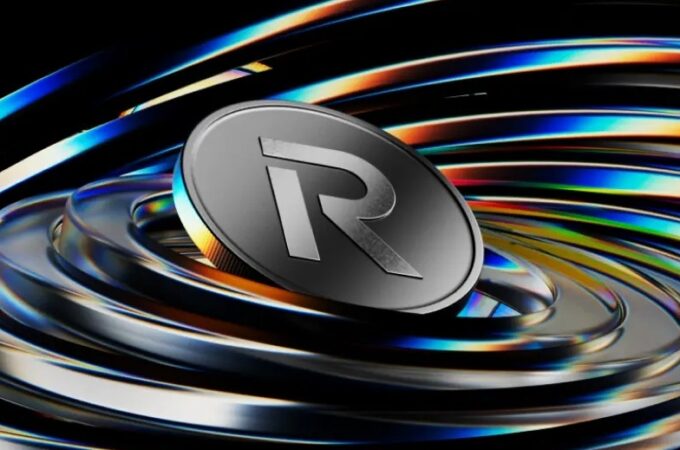
Valued at $10B, Nubank launches it’s Nu credit card in Mexico
via TechCrunch
Nubank, the Brazilian digital bank valued at $10 billion, is launching its Nu credit card in Mexico – a country where the unbanked population counts 36 million people.
The Sao Paulo-based fintech company, known for its fully-mobile digital bank and credit card, has raised $820 million across seven rounds of investment and has amassed nearly 22 million customers in Brazil alone. Now, the Nu credit card is available to all Mexicans over 18 years of age – and has already grown a waiting list of 30,000 Mexican customers. Nubank’s CEO is David Vélez, who before founding Nubank in 2013, was a partner at Sequoia Capital in charge of the firm’s Latin American investments. Nubank was co-founded by Cristina Junqueria and CTO Edward Wible. In the past year, the company has hired three more C-level executives and a new CFO.
The Mexico opportunity
Nubank believes that Mexicans are ready to take back control of their money with financial services that are transparent, human and simple. A predominately cash-based society and lack of digital savings and lending products makes it harder for people to achieve financial freedom in Mexico. The company hopes its no-annual-fee credit card will help to free Mexicans from the complexity and bureaucracy beleaguering their banking experience.
The problem is this big and bad: Personal finance tools in both Brazil and Mexico are so limited that Nubank has not had to spend a dollar on customer acquisition.
Half of Mexico’s population is under 24 years old and is digitally engaged, but due to legacy banking oligopolies, only 10% of Mexican adults have credit cards. With an unbanked population of 36 million, startups and investors have been grappling for a piece of the Mexico fintech opportunity for years.
Vélez predicts that Nubank’s biggest customer acquisition channel in Mexico will be word of mouth just as it was in Brazil. 80% of Nubank’s Brazilian customers were sourced from unpaid referrals, and the company has spent $0 on customer acquisition, he says.

The Nu credit card is available to all Mexicans over 18. The waiting list has grown to 30,000 customers.
Currently, Nubank offers a credit card with no annual fee, fully controlled by a mobile app. The company is testing personal loans with two million customers, who must pre-qualify to get the service. Recently, Nubank has started to develop services for entrepreneurs and small-business owners in Brazil and is currently testing a beta version of its digital account for this user group.
As Nubank scaled in Brazil, the company realized that its biggest bottleneck was access to engineering talent. Vélez says that while Brazil trains 50,000 developers per year, the demand for tech developers is double that. While Nubank hires locally and recruits engineers from domestic Brazilian universities, the company opened engineering centers in Berlin, Mexico City and Buenos Aires. This year, Nubank made its first acquihire, a software consultancy called PlataformaTec. Vélez declined to disclose how much Nubank paid for the acqui hire.
Vélez doesn’t think that Nubank’s entry will eradicate existing Mexican neobanks. He stresses that banking in Mexico is so defective that numerous startups offering niche services can thrive.
European digital banks N26 and Revolut have reportedly had their eye on the Mexican market. Albo, a Mexico-based challenger bank recently raised a $19 million Series A. However, Albo issues a Mastercard debit card and a personal finance app for underbanked people — different from Nubank’s credit card product.
While competition is great for customers, an increasingly saturated market may raise customer acquisition costs, and make recruitment and growth-stage fundraising harder for players across the board.
Pattern matching with China
“I went to China and I saw the future,” Vélez told me on stage at an event in São Paulo in 2018, when I asked what Nubank was hoping to gain from taking strategic cash from Tencent. Now, I know more.
Investors say that in Latin America, Asian capital is smarter capital, and it has to do with pattern matching. Globally, Southeast Asia and Latin America count similar population sizes of around 640 million. 18 out of the 25 biggest cities in the world are in either Southeast Asia or Latin America. Congruent geographic patterns and likeness in population volume means that tech solutions achieved by startups in China could also function in Latin America – for example, digital banking.
“It’s been very helpful to be able to go to China and see what our market might look like five years from now,” says Vélez. Sharing market insights with Tencent encouraged Nubank to prioritize data science and machine learning to optimize customer service and improve its customer-satisfaction processes.
Both Mexico and Brazil are on the cusp of entering the QR-code payments world, notes Vélez. Governments are pushing regulation on this, and Nubank says working with Tencent has helped them understand customer satisfaction better, and how to more strategically position Nubank as the payments leader in its home market.
When is Nubank going public?
Nubank says that while its credit card product has been profitable since 2017, the company itself is not. Nubank is using its $820 million in venture capital to invest in scaling its operations and strengthening its technology.
As for when Nubank will IPO, Vélez says he wants to keep the company private for as long as possible. He says Nubank is lucky to have investors who are long-term oriented, and that going public has never once been brought up at a board meeting. He does note that a direct listing is a “real option.” He doesn’t imagine that when the time comes, Nubank would go public on a Chinese exchange, saying instead it will likely be an American exchange, a local exchange or potentially both.
Nubank has more than 2,500 employees from over 30 different nationalities. The company says it is the sixth-largest bank in Brazil and today, Nubank is the largest independent digital bank in the world.





